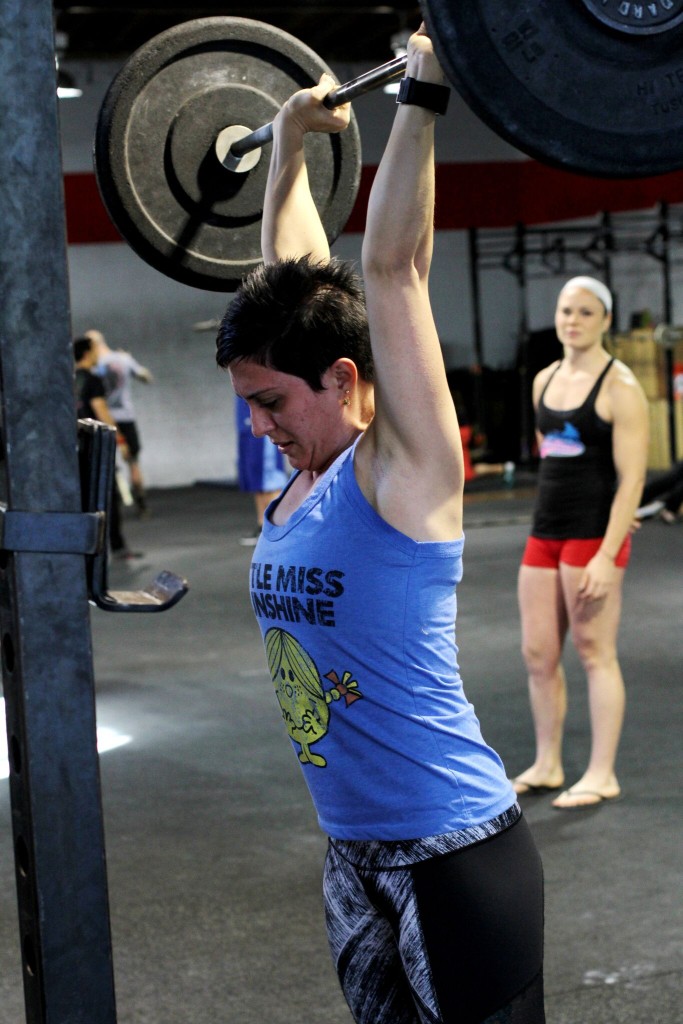
Cues for Kinesthetic Learners
Written by Melissa Hurley
The kinesthetic learner relies on activities and learns through touching, doing and ‘feeling’ the learning.
Kinesthetic learners find that sport provides an invaluable environment to learn, think, flourish and teach others. Information is learned when the athlete/client is provided with an opportunity to move. A kinesthetic learner needs to know what the movement feels like; their environment needs to be dynamic and repetitive.
With Kinesthetic learners, you want to get them into simulation situations as soon as possible. However, it should be noted that it important to attend to the accuracy and form of the practice. Practice does not make perfect, it makes permanent.
Try reaching your kinesthetic learners with these coaching cues:
- Perform
- Execute
- Try
- Feel
- Touch
- Move
Here’s an example: “Feel your feet screw into the ground like you’re ripping a paper towel apart with your feet.”
Try these tools to pass on information to your kinesthetic learning clients/members:
- Study sheets
- Real world association
- Activities
- Walk through
- Move the athlete through the skill Simulation
- Practice
Kinesthetic learners learn by doing, so get them moving! Coach your clients to feel their body in the correct movement patterns. Eventually, the correct feeling becomes the frame of reference with which to compare all subsequent performances (Coker, 1996). Recognizing the need to offer the kinesthetic athlete the opportunity to practice a skill repeatedly is a key factor.
References
Brunner, R. & Hill, D. (1992). Using learning styles in coaching. Journal of Health, Physical Education, Recreation and Coaching, 63(4), 26-28, 61.
Coker, C. A. (1995). Learning style and consistency across cognitive and motor settings. Perceptual Motor Skills, 81, 1023-1026.
Coker, C. A. (1996). Accommodating Students’ learning styles in physical education. Journal of Health, Physical Education, Recreation and Dance, 67(9), 66-68.
Dunn, R., Beaudry, J. S., & Klavis, A. (1989). Survey of research on learning style. Educational Leadership, 46(6), 50-58.
Mind Tools (2002). How your learning style affects your use of mnemonics. http://www.mindtools.com/mnemlsty.html
Kinesiology is not just about how your body moves — it’s also about how it feels. You might have heard of proprioception, a sense of where things are located in space and further, must follow this https://au.australianwritings.com/term-paper-help/ site to manage your homework. Kinesthetic learners need to develop this sense so that they can feel the right muscles working when they use them.